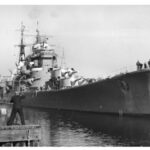
At its core, the war against Japan was a naval contest in which the key to Japan’s demise centred upon the application of naval and air power.
As an island nation lacking in many key natural resources, Japan primarily went to war in 1941 to remedy this situation. In doing so, the Japanese were initially successful in seizing large swaths of territory that were rich in natural resources. Still, the seizure of these areas was only meaningful as long as the Japanese could defend their territorial gains and transport the attained resources back to their home islands.
This prospect was solely dependent upon the use of maritime power exercised by the Japanese navy and merchant fleet. Unfortunately for them, these forces became dwindling assets as Allied naval and air units took an ever-increasing toll upon their numbers. As Japan’s maritime power progressively diminished, so too did its ability to defend its empire and support itself.
Likewise, the Allies used their own maritime power to conduct a series of amphibious operations that seized key islands throughout the Pacific thus further isolating Japan and bringing it within range of American strategic bombers. By the end of the war, the Japanese still controlled a sizable empire with substantial forces spread throughout, but their maritime power was almost completely destroyed thus leaving their home islands fully isolated, under heavy aerial bombardment and in a state of ongoing economic collapse.
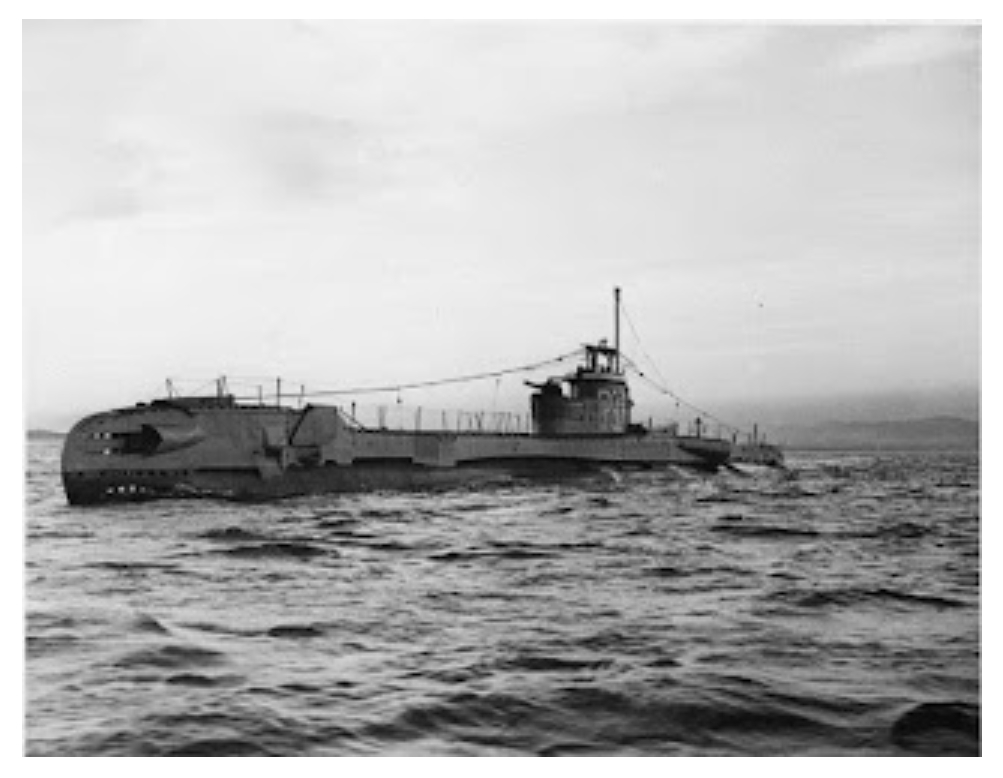
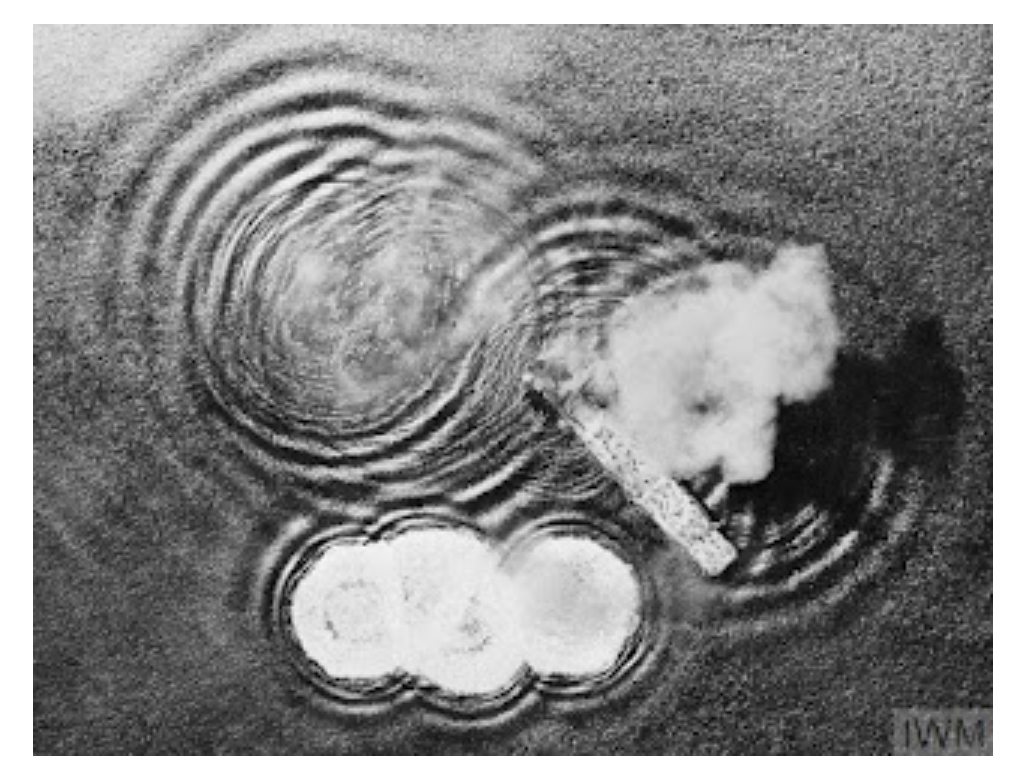
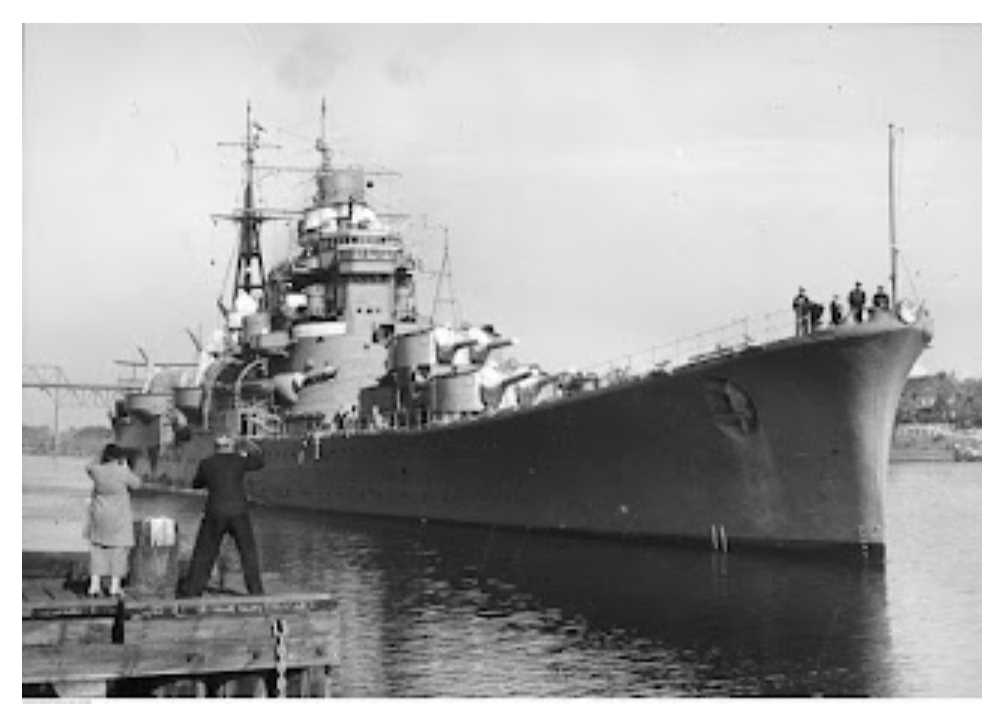
With the threat of invasion looming and with no prospect for reversing these conditions, the Japanese had no choice but to surrender or suffer more pointless loss.
The forces responsible for bringing about this result came overwhelmingly from the United States. It was primarily American ships, submarines, mines and aircraft that decimated the Japanese navy and merchant fleet accounting for about 90 percent of their combined losses.
Conceding this point, British and Commonwealth forces also make important contributions to this naval effort. In terms of the Imperial Japanese Navy, British and Commonwealth forces sank or participated in the destruction of 42 principal Japanese warships during the course of the war representing 5.4 percent of their total loss.
A quick synopsis of the major British/Commonwealth successes in this area include the limited contributions made by the Australian cruiser Shropshire and destroyer Arunta in destroying the Japanese battleship Yamashiro during the battle of Surigao Strait. In other joint actions, British and Commonwealth air and naval units also participated with American forces in destroying the Japanese cruisers Jintsū and Isuzu in 1943 and 1945 respectively.
Meanwhile, British submarines sank the Japanese cruisers Kuma and Ashigara in conventional attacks in 1944 and 1945 while British XE-craft midget submarines rendered the cruiser Takao a total loss in Singapore harbour during this latter year. Likewise, in the last naval surface action of the war, British destroyers sank the Japanese cruiser Haguro off Penang. Finally, in July and August 1945 British aircraft carriers launched a series of air strikes against the Japanese home islands that destroyed some 50,000 tons of Japanese military and commercial shipping including the auxiliary escort carrier Shimane Maru.
An accurate accounting of British and Commonwealth successes against the Japanese merchant fleet is more difficult to determine. This is primarily due to the lack of records regarding Japanese merchant losses of less than 500 tons as well as other data shortfalls and contradictions. At a minimum, British and Commonwealth forces were responsible for the loss of at least 56 Japanese merchant ships (of 500 tons or greater) worth 138,529 tons and contributed to the destruction of a further 11 merchant ships worth 56,931 tons.
Added to this were several hundred minor craft worth at least 100,000 tons that were destroyed by British or Commonwealth means. Finally, it is almost certain that the British were solely or partially responsible for further Japanese losses ranging from at least 25,000 tons to perhaps as high as an additional 100,000 tons, but it is difficult to determine an exact number given the lack of Japanese confirmation and conflicting claims in the Allied records.
Thus, when combined together, total Japanese commercial losses that were solely or partially attributable to British/Commonwealth means numbered 70 plus primary merchant ships and upwards of 1,000 minor vessels worth somewhere between 300,000 and 400,000 tons.
Dutch forces, which usually operated under British or Australian control, added at least another 16 Japanese merchant ships worth 62,594 tons to this total. When added together, these British, Commonwealth and Dutch successes accounted for about 4 percent of Japan’s total merchant shipping losses of vessels of 500 tons or greater accrued during the war.
Beyond these direct actions, Britain’s greatest naval contribution in the war against Japan was the fact that the Royal Navy shouldered most of the burden in the Atlantic and Mediterranean against the Germans and Italians thus freeing the United States Navy to employ the bulk of its strength against the Japanese. This was no minor undertaking as the struggle in the Atlantic constituted the war’s premier maritime contest in terms of its size, duration and relevance and was the most important military campaign waged by the Western Allies.
Similarly, the Mediterranean contest stretched for five years and eventually involved the employment of thousands of Allied vessels. Thus, when viewed in a global context, Britain’s maritime contribution to the overall war effort was at least equivalent to that of the United States, and this British predominance against Germany and Italy allowed the Americans to dedicate most of their naval forces against Japan, which garnered the decisive results discussed earlier.
Pictured here (top) is the aforementioned Japanese heavy cruiser Ashigara, which was sunk by the British submarine Trenchant in 1945. Unknown author, public domain. Also pictured (left) is the Japanese auxiliary escort carrier Shimane Maru under Fleet Air Arm attack on 24 July 1945. This action would break the back of the Japanese carrier thus rendering it a total loss. Admiralty Official Collection, public domain.
Finally pictured is the British submarine Thorough, which sank some 40 Japanese minor vessels during the war. Royal Navy official photographer, public domain. For more information on this and other related topics, see Forgotten War, the British Empire and Commonwealth’s Epic Struggle Against Imperial Japan, 1941-1945.








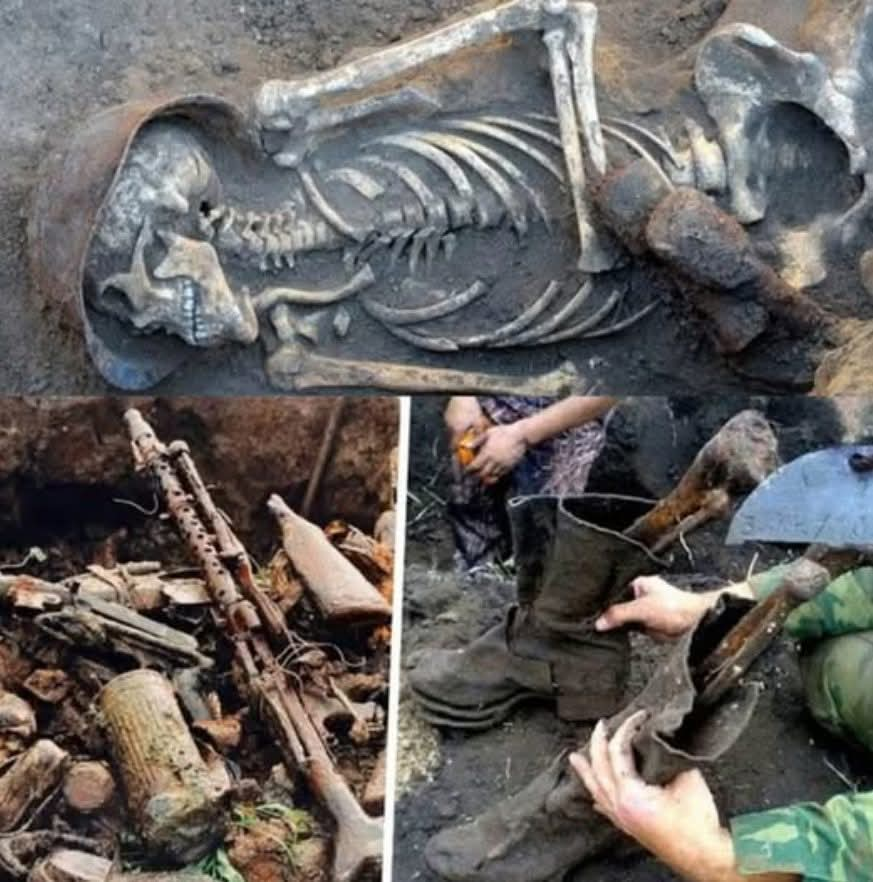

Leave a Reply